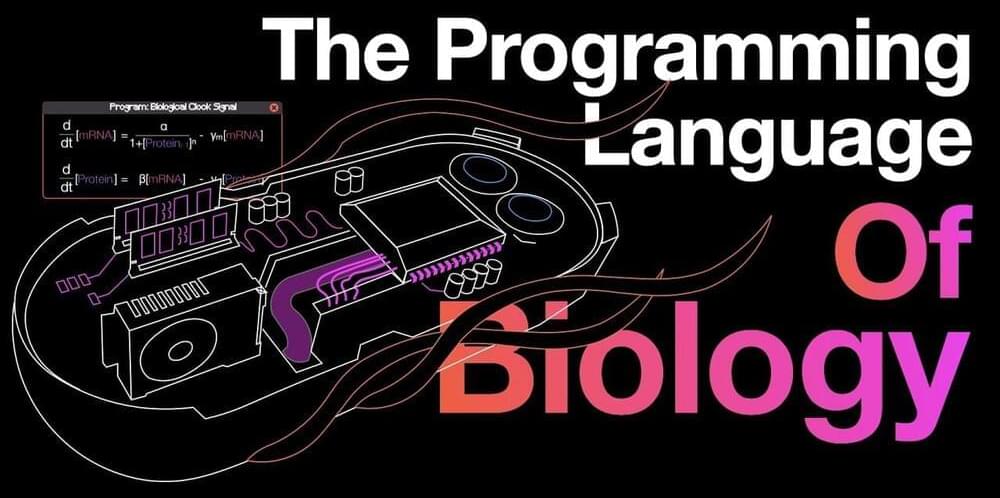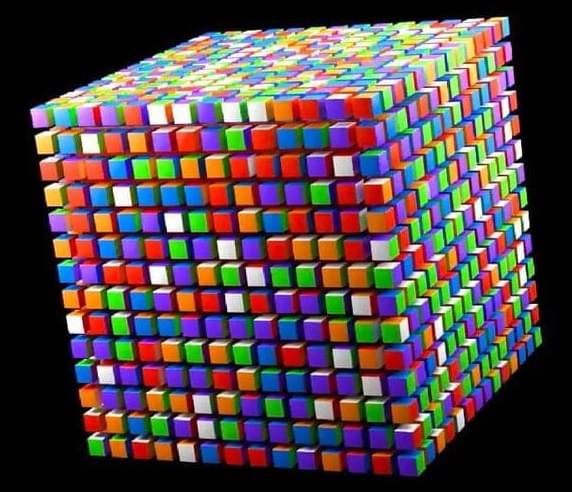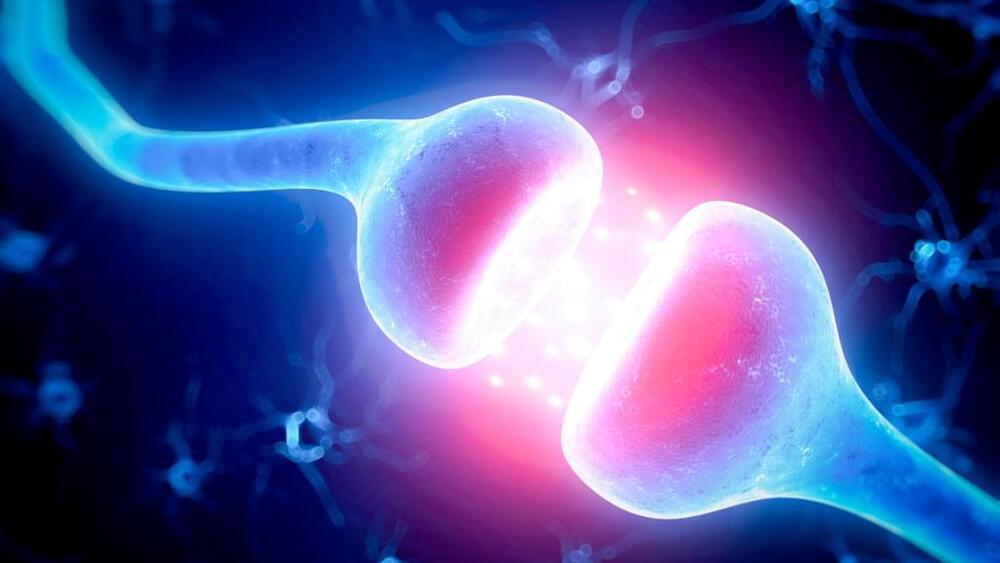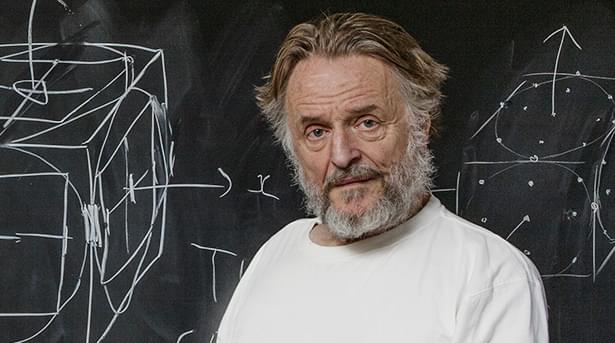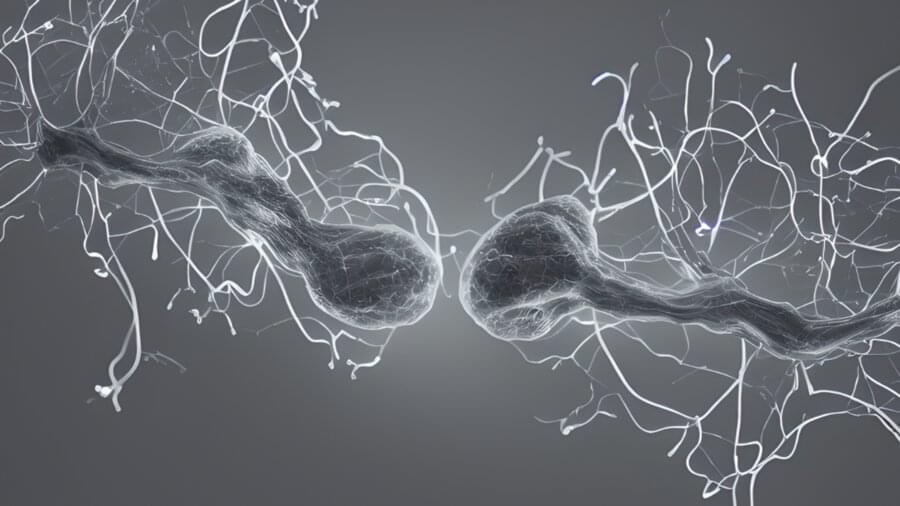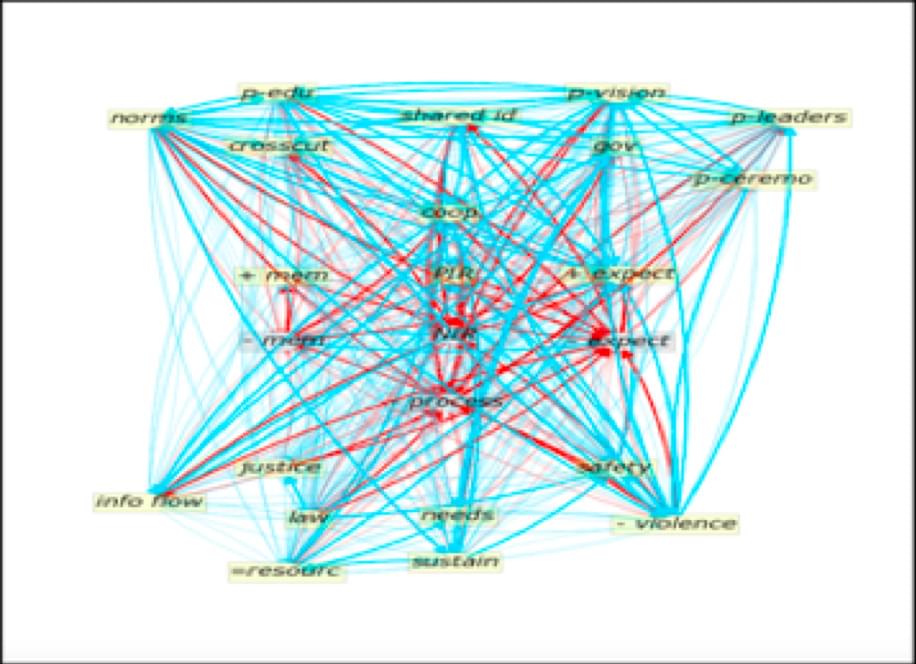Nov 24, 2022
Decades-old math theorem cracks US government encryption algorithm
Posted by Gemechu Taye in categories: computing, encryption, government, information science, mathematics, quantum physics, security
The information security landscape is rapidly changing in response to quantum computing technology, which is capable of cracking modern encryption techniques in minutes, but a promising US government encryption algorithm for the post-quantum world was just cracked in less than an hour thanks to a decades-old math theorem.
In July 2022, the US National Institute of Standards and Technology (NIST) chose a set of encryption algorithms that it hoped would stand up to the encryption-cracking power of quantum computers and tasked researchers with probing them for vulnerabilities, offering a $50,000 prize for anyone who was able to break the encryption.

